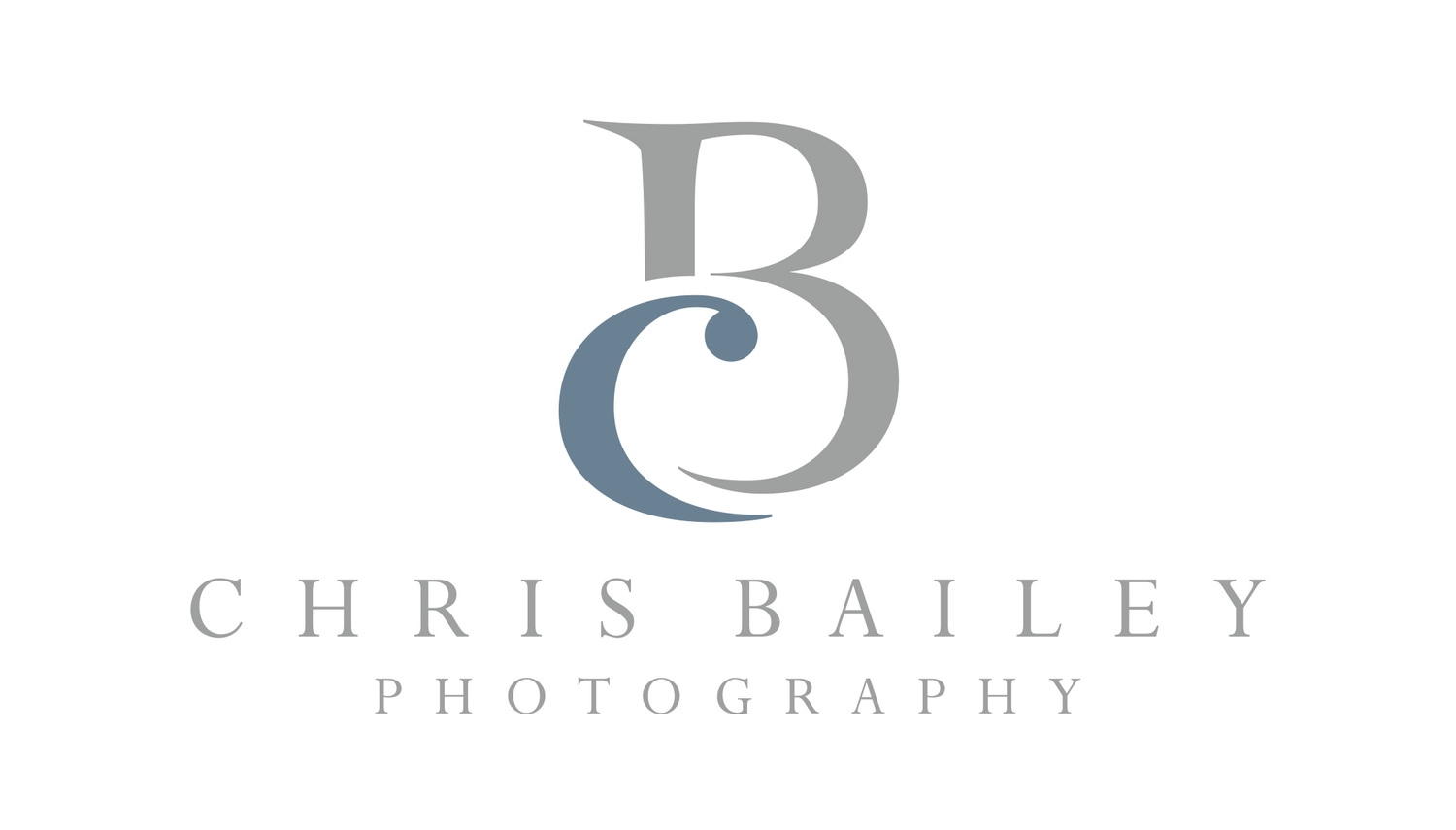Tintypes!
Tintype that I took in Spring of 2009 of one of my photography students. Photo by Cara Debusk (my high school photo teacher!)
Almost two weeks ago I spent the afternoon at Episcopal High School (my old high school, and where I spent some time teaching photo last spring!). I did a little workshop for some of the advanced photo classes, and for the after school photo club (wish they had had this while I was there!). Anyhow, we spent the afternoon learning about tintypes, and I did a demo on how the process works.
For those that aren't familiar with "tintypes," tintype photography was invented in the 1850s. Also called "ferrotypes" these images are photographed onto sheet metal, and use a chemical called collodion as the base material. The silver nitrate (what makes the plate sensitive to light) adheres to the collodion, and makes a useable plate (a plate is the sheet metal that the photo will be exposed on). The tintype process is a "wet plate process," meaning that one must prepare a plate, expose it, and develop it before the plate dries. Therefore, a tintype photographer must have access to a darkroom, wherever he is making photographs. This means that if you are a traveling tintype photographer, you must have a portable darkroom!
The tintype process is very labor intensive. You must mix all of your own chemistry (and take the correct precautions when doing so, as some of the chemicals are very toxic), prepare each plate individually, expose and develop each plate on the spot, then varnish the plates after they have dried. The process also requires a lot of gear--good thing I kept my old camp trunk! Also, make sure you're not wearing your "Sunday best" while making tintypes--the silver nitrate will leave stains on anything it drips on (hints the old "Tito's" shirt and jeans).
Tintypes also have a very slow film speed. Exposures are usually several seconds, and often reach 15-20 seconds (or more!). So tell your subjects to hold very still...
The result, however, is exquisite! And totally unique. There is no way to reproduce a tintype. Unlike paper prints, which use film (or digital negatives) to reproduce multiple prints in the darkroom or with a printer, tintypes are totally unique in that you cannot print from them. When you make a tintype, that is the only one of its kind that will ever exist in the same form. Pretty cool thought, huh? A photo that is as unique as you are (well maybe not quite as unique as you, but certainly one of a kind).
The craft of making a tintype is a beautiful process, one that I enjoy and am continually learning about each time I break out the chemistry and start pouring plates. It is very "hands on," and the finished product is more of an object than a photograph. Picking up a tintype, holding it and touching it (by the edges and corners if not protected) is such a unique way to experience a photograph--different from our traditional, gallery experience, where photographs are often behind glass, within frames, and separate from our literal grasps.
Here are some photographs from my class with EHS. I will also be posting more about the tintype process here on my blog. I'll be going into more detail about some of the gear, the actual process, and what I have learned, or am learning about tintype photography. I am still very much a beginner in this process. Mark Osterman and Robb Kendrick have graciously helped me when I have had questions. Please check out their work. Mark is the go to guy for any antique photo process, and Robb completed a beautiful series of work on Cowboys, and continues to work in this process.
Setting up a photo outside with a large format, 4X5 camera. Since tintypes are only sensitive to UV light, we photograph outside. Photo by Cara Debusk



Looking a little unsure about all of this, and this mad scientist guy that showed up to teach photo class today...
Photo by Cara Debusk






